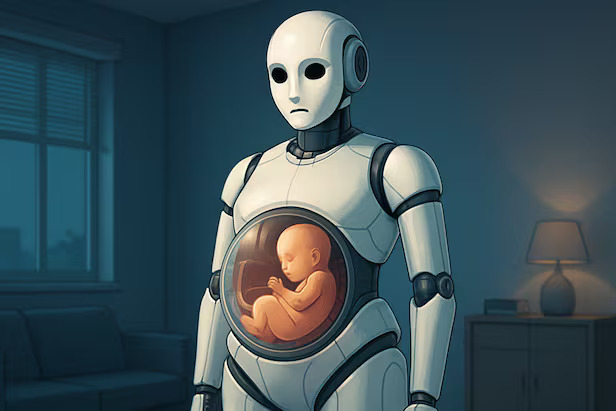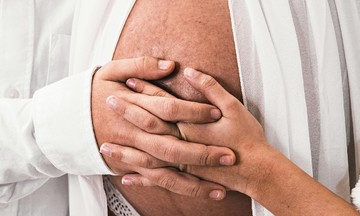The science and technology website Kuai Ke Zhi reported on 8/8 that the robot is being developed under the leadership of Dr. Zhang Qifeng, a researcher at Nanyang Technological University (Singapore). The robot, priced at approximately 100,000 CNY (about 14,000 USD), is designed to simulate the entire process from conception to birth, going beyond the capabilities of a standard embryo incubator.
The robot's core technology lies in its artificial uterus, where embryos are nurtured in a simulated amniotic fluid environment and receive nutrients through a system of tubes. Dr. Zhang stated that this technology is nearing completion following successful animal trials. The research team's next step is to integrate it into the robot's abdominal cavity for testing.
Regarding legal and ethical concerns, Dr. Zhang revealed that the team has held discussion forums and submitted proposals to the Guangdong provincial government. This news immediately generated public discussion, propelling the phrase "World's first surrogate robot to debut within the next year" to the top of Weibo's trending searches.
 |
Illustration of the surrogate robot. Image: AI |
Some express concerns about the ethical implications of a child being born without a maternal connection and question the source of the eggs used. Conversely, many view this as a breakthrough, freeing women from the pain of childbirth and the burden of pregnancy. This technology is particularly hoped to offer new possibilities for infertile couples, as China's infertility rate has risen from 11.9% in 2007 to 18% in 2020, according to the Lancet. Cities like Beijing and Shanghai have included artificial insemination and in vitro fertilization in their health insurance coverage to support infertile couples.
Artificial uterus technology has made previous advancements. In 2017, scientists at the Children's Hospital of Philadelphia (USA) successfully nurtured a lamb, equivalent to a 23-week-old human fetus, in a "biobag." However, current applications primarily focus on assisting premature births and haven't yet achieved full-term pregnancies, which is the goal of this robot project.
Thuc Linh (Via Chosun)












